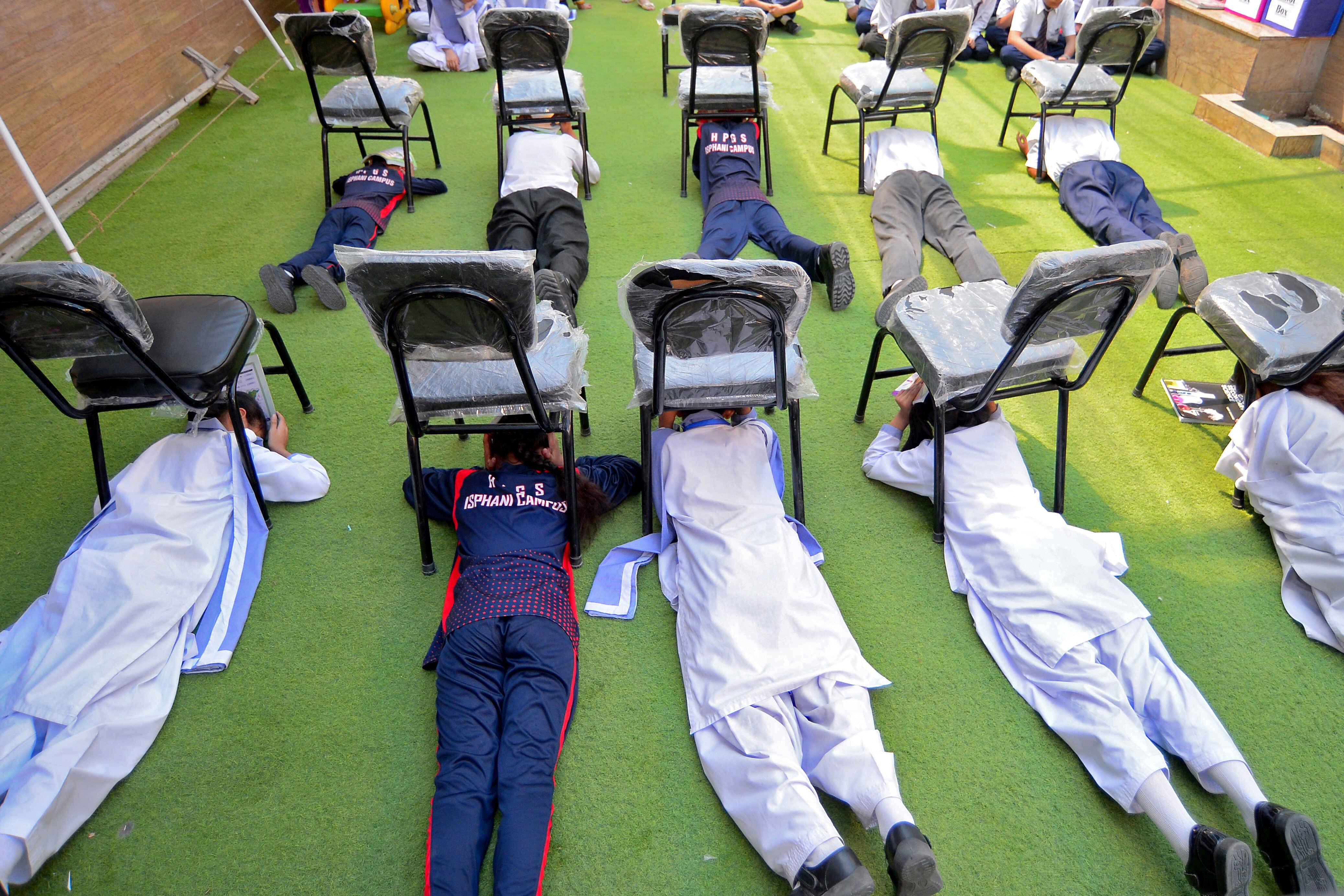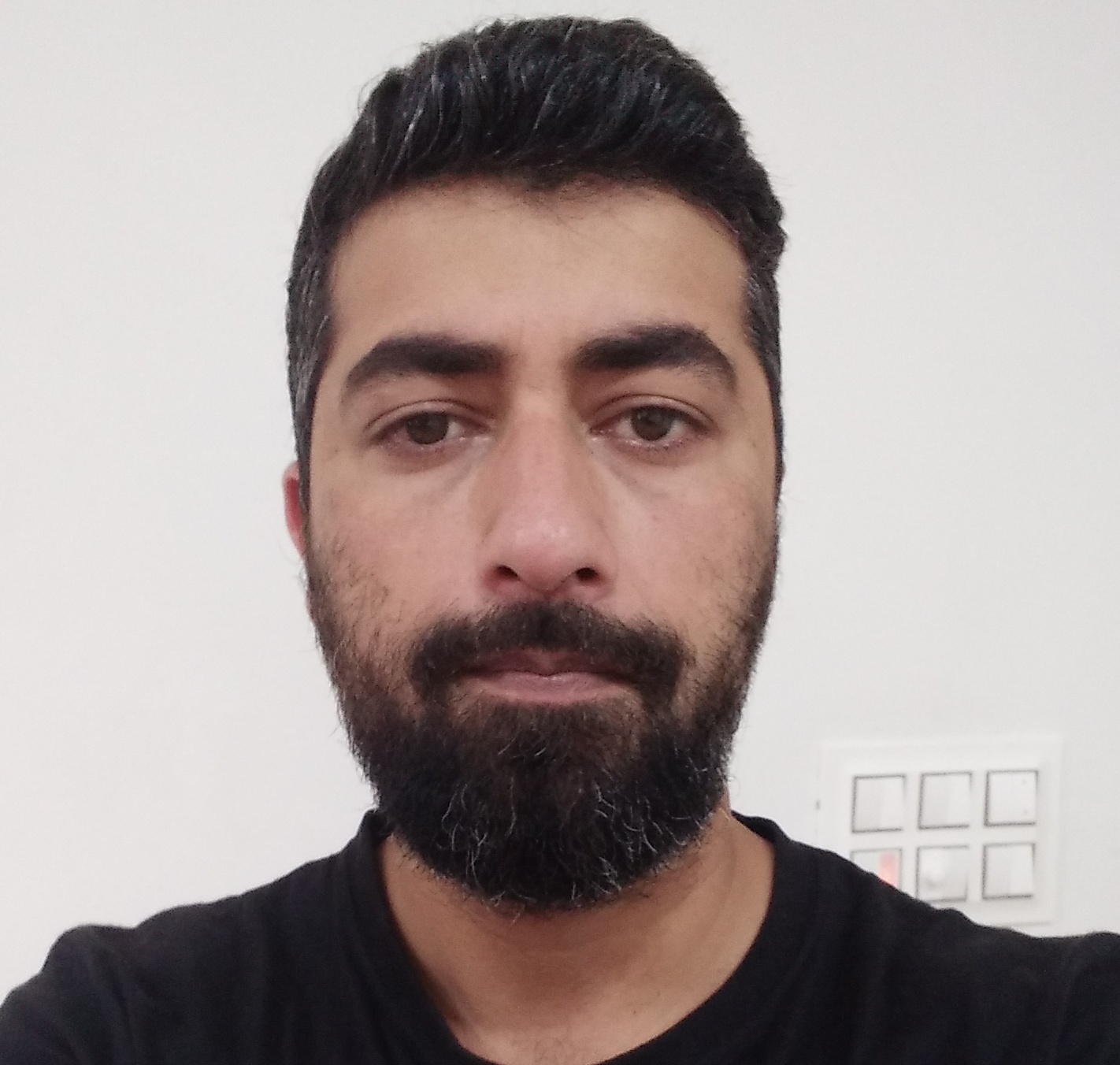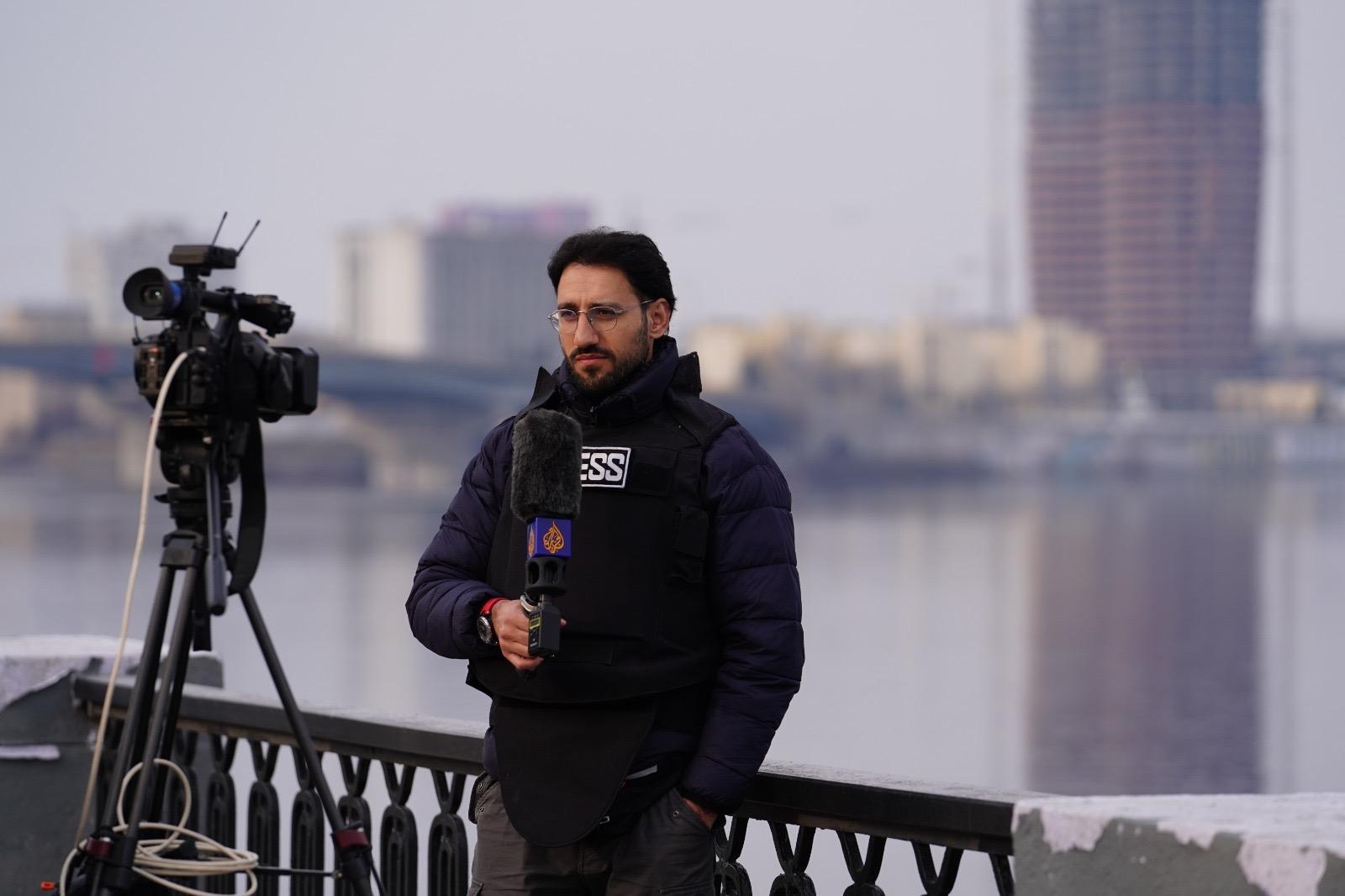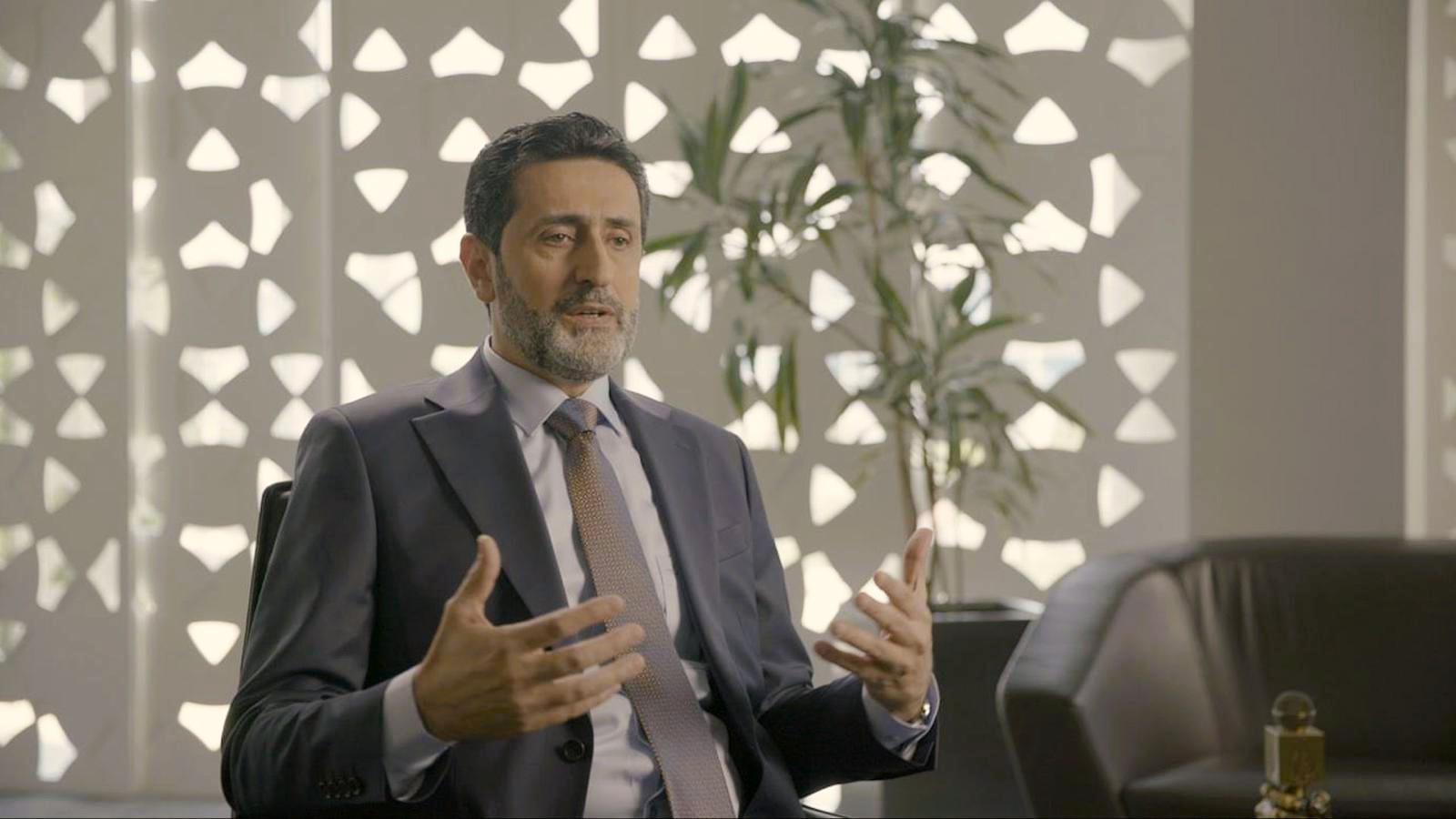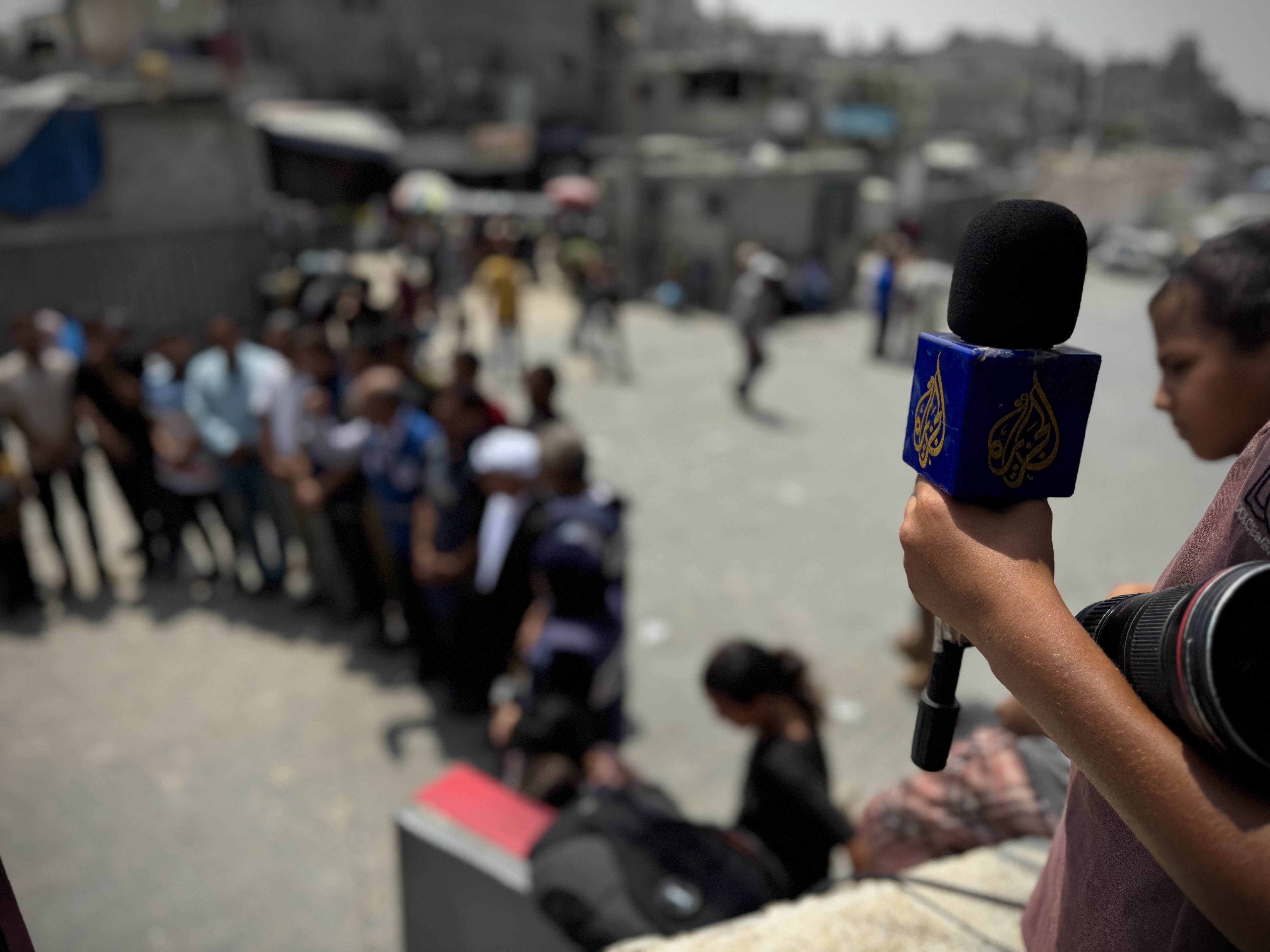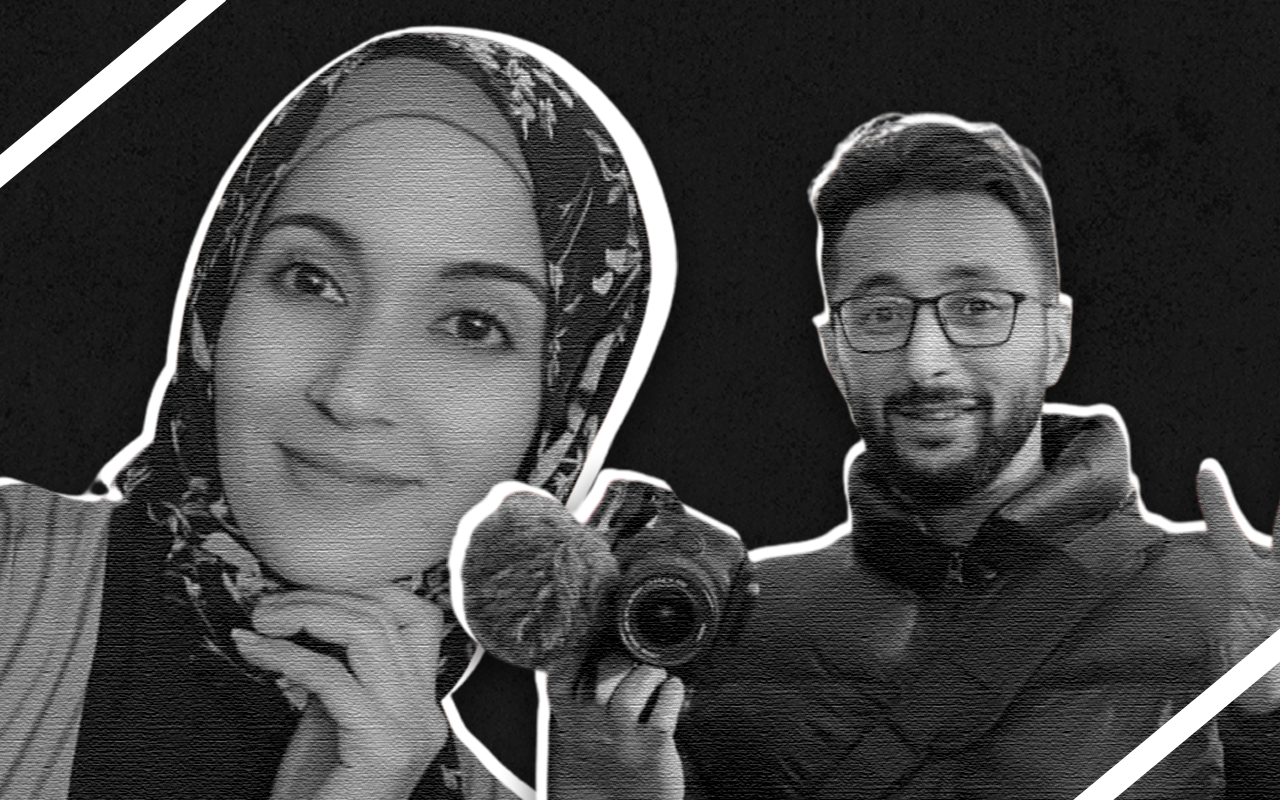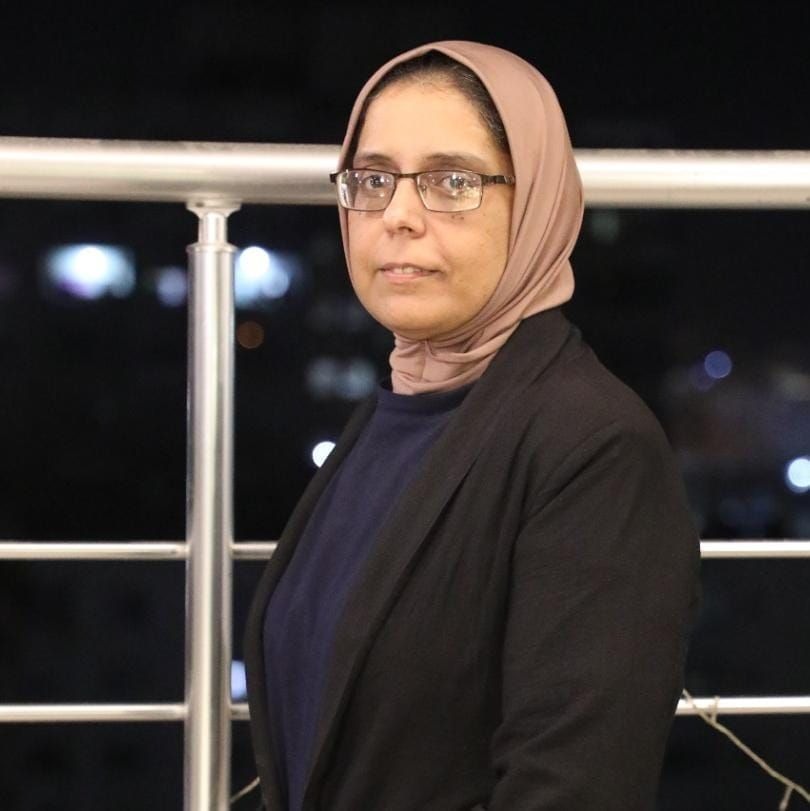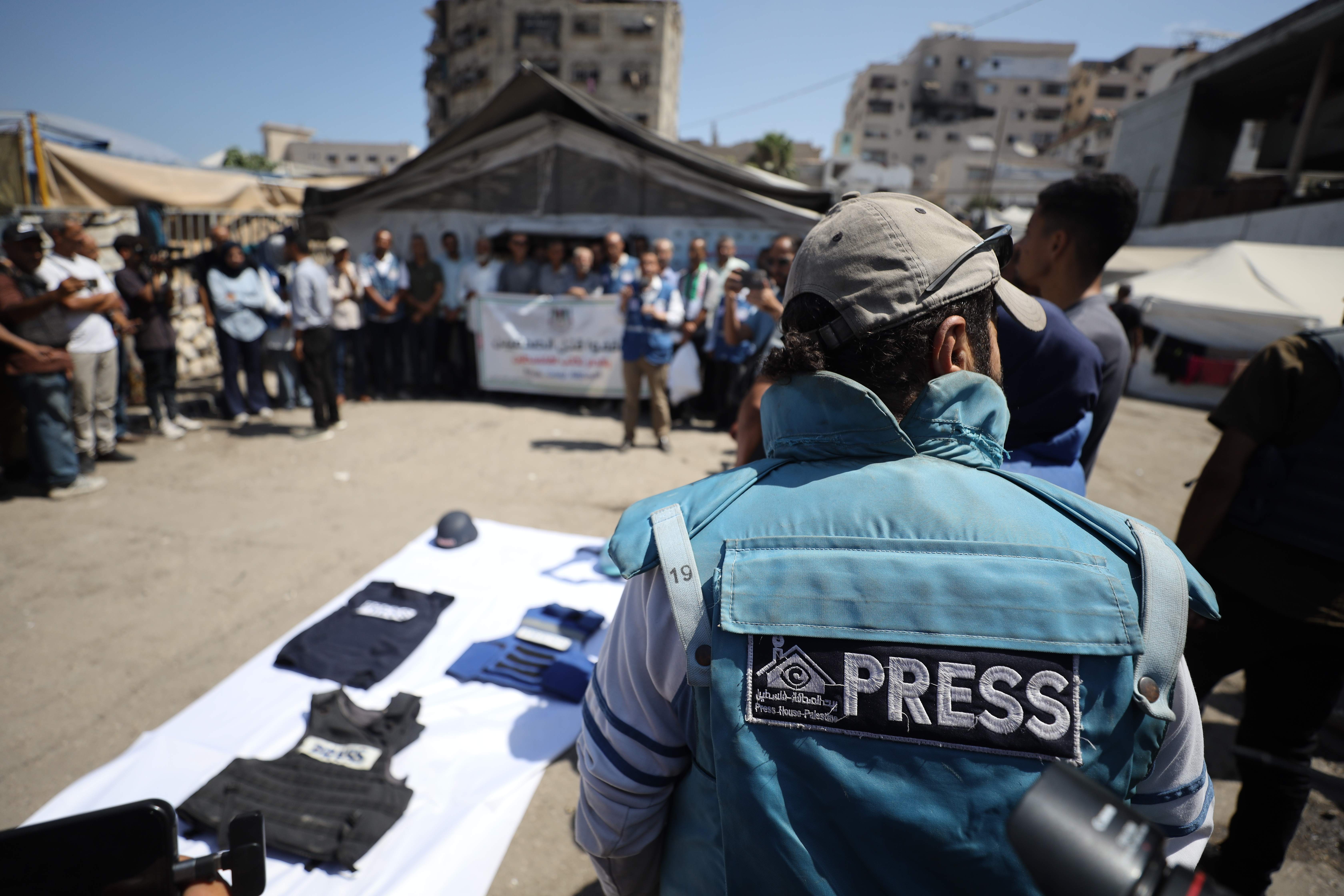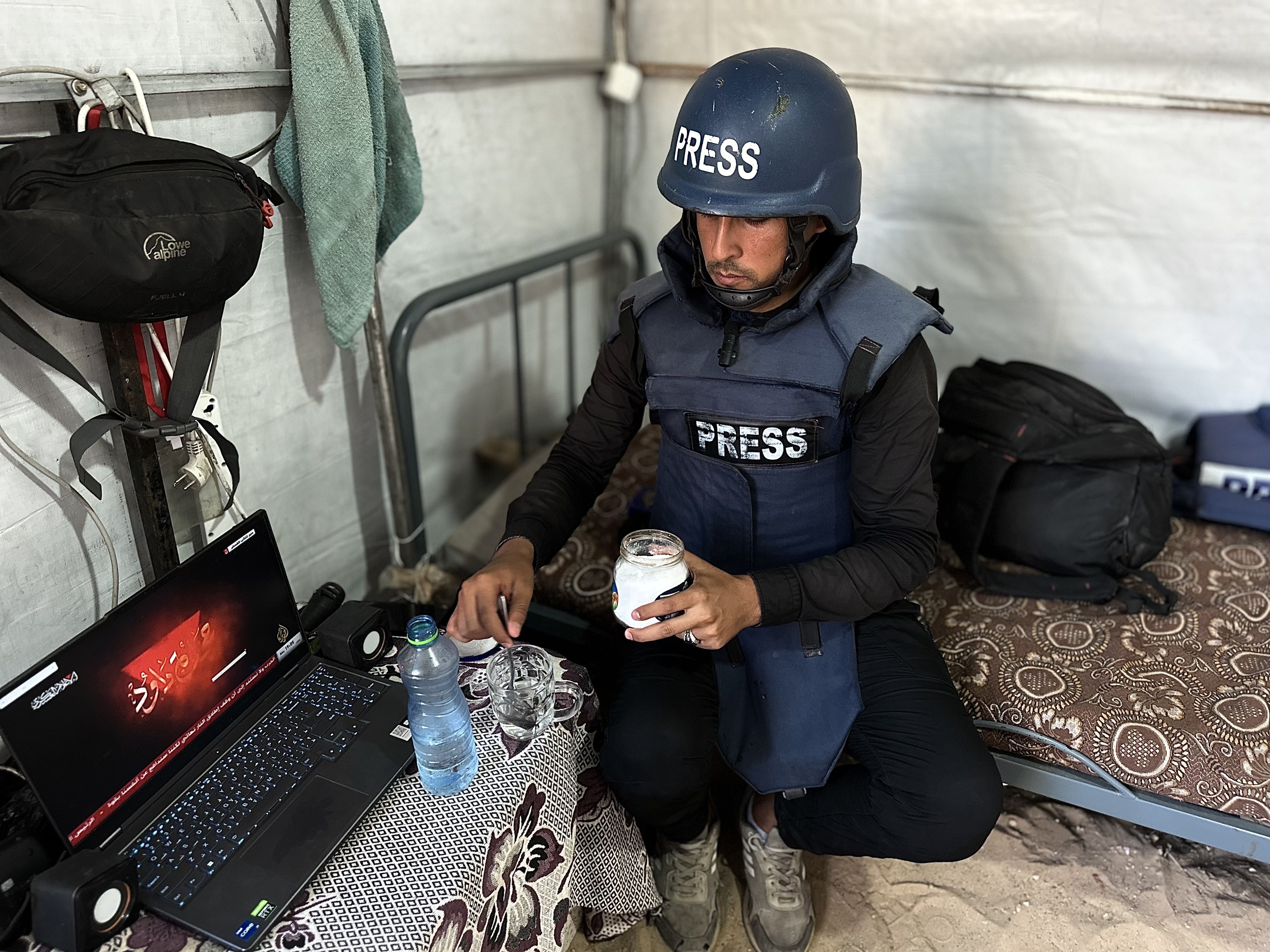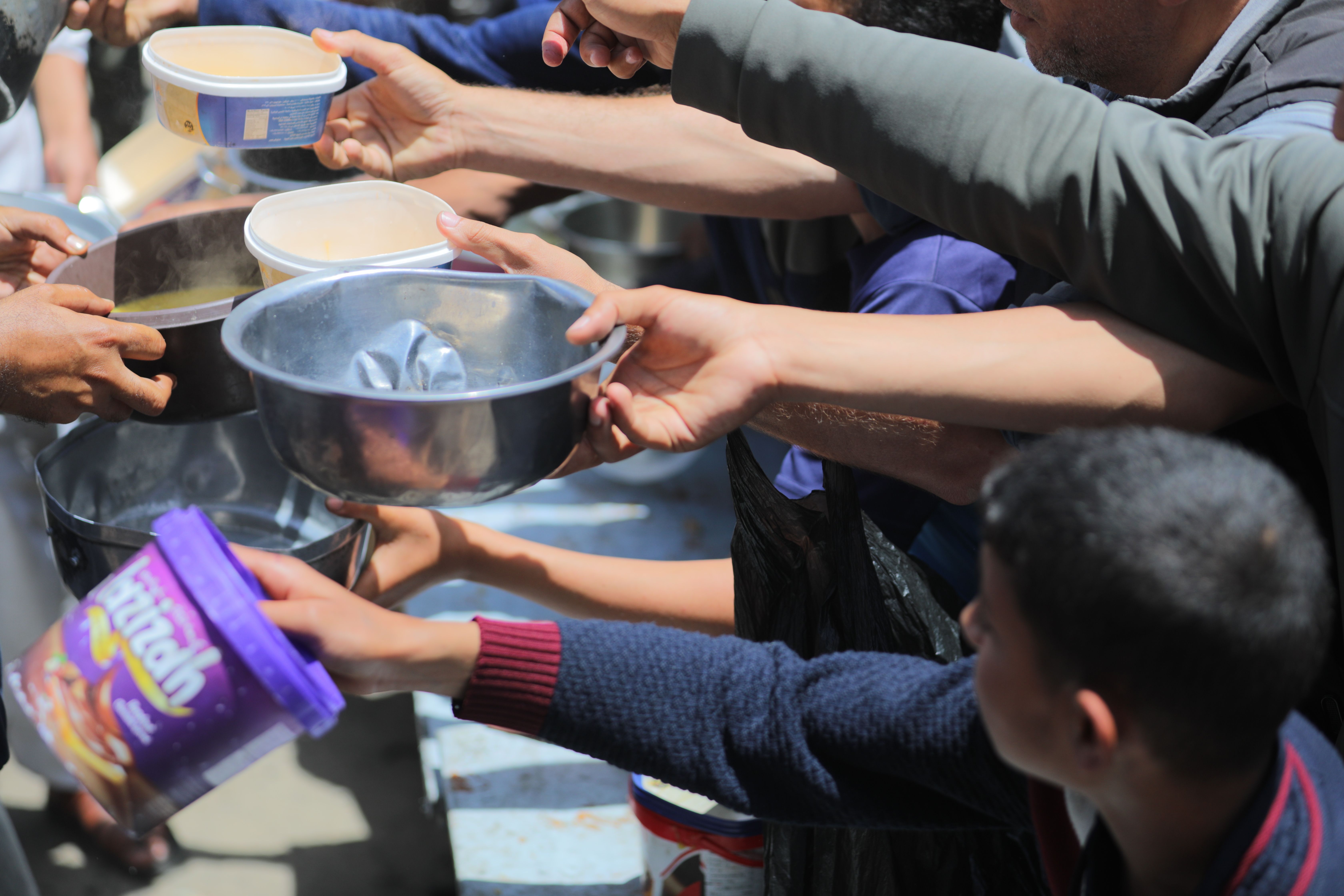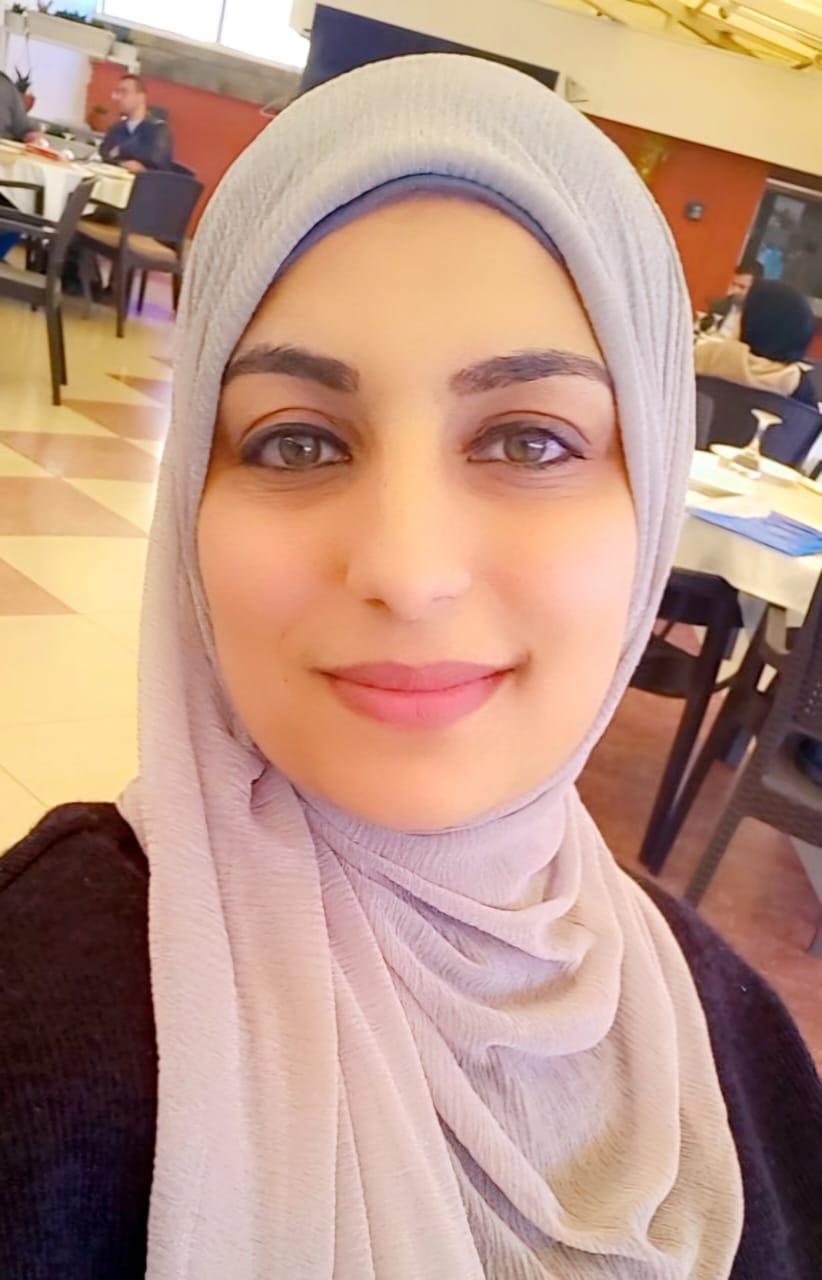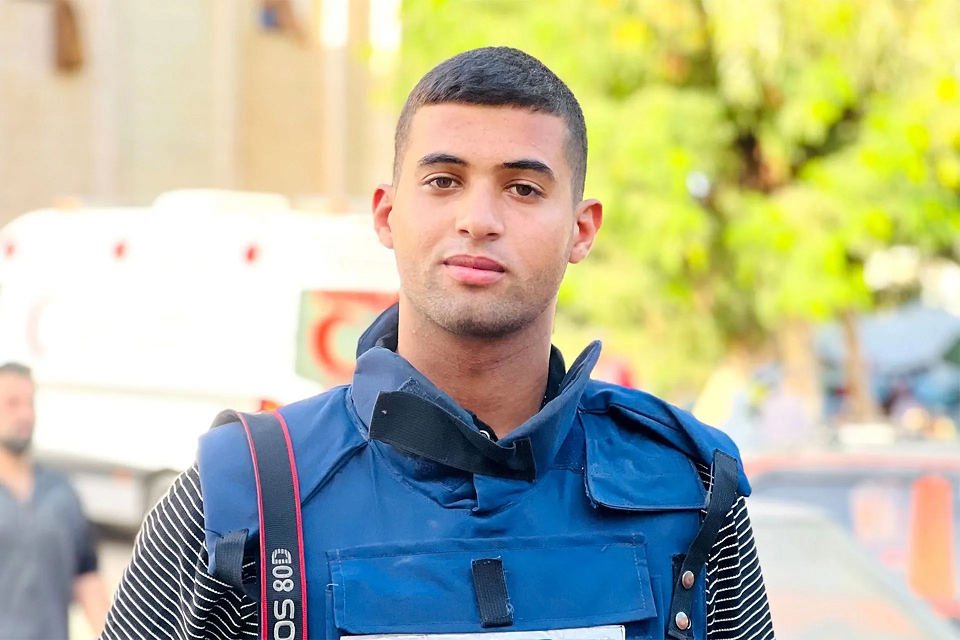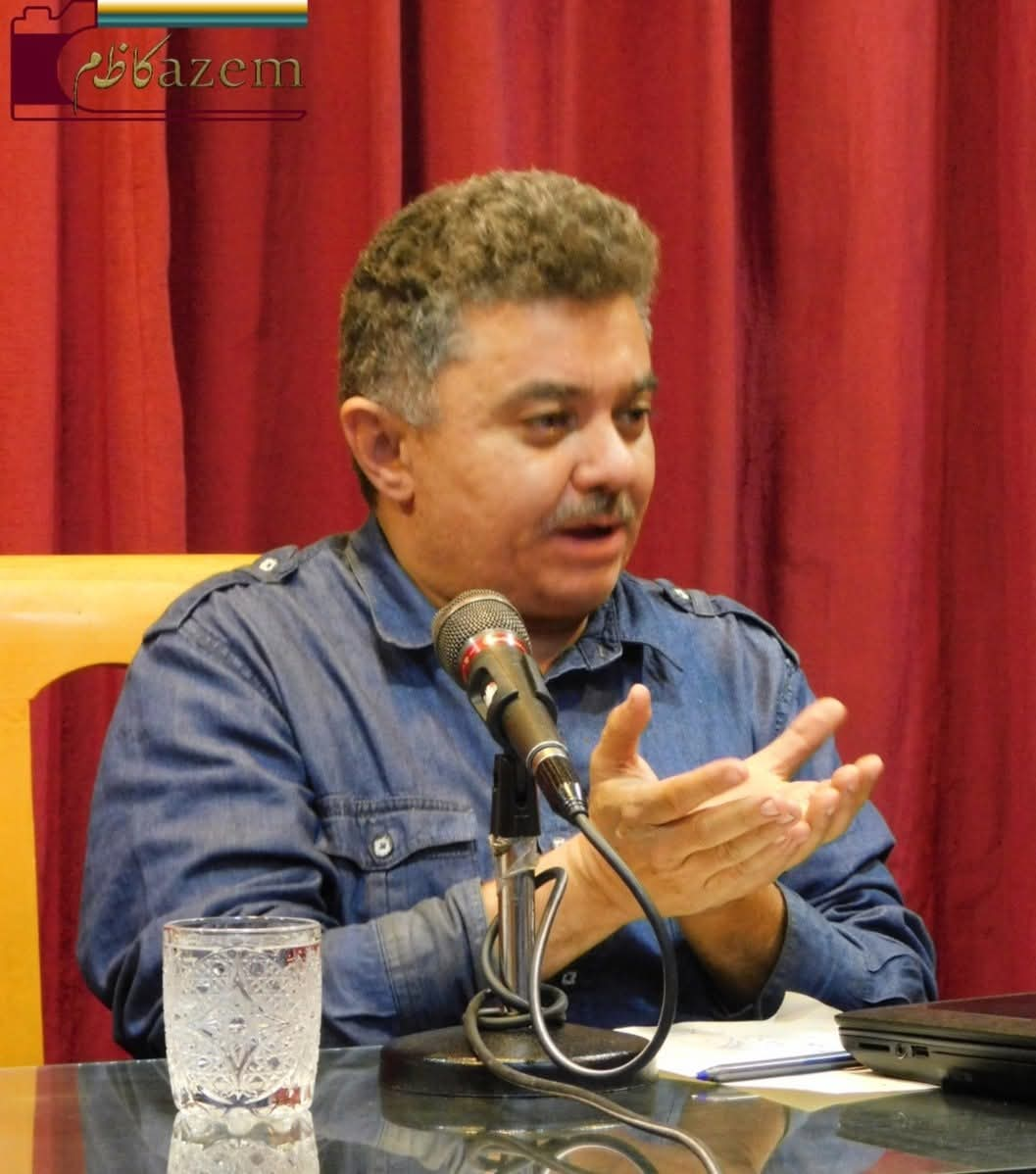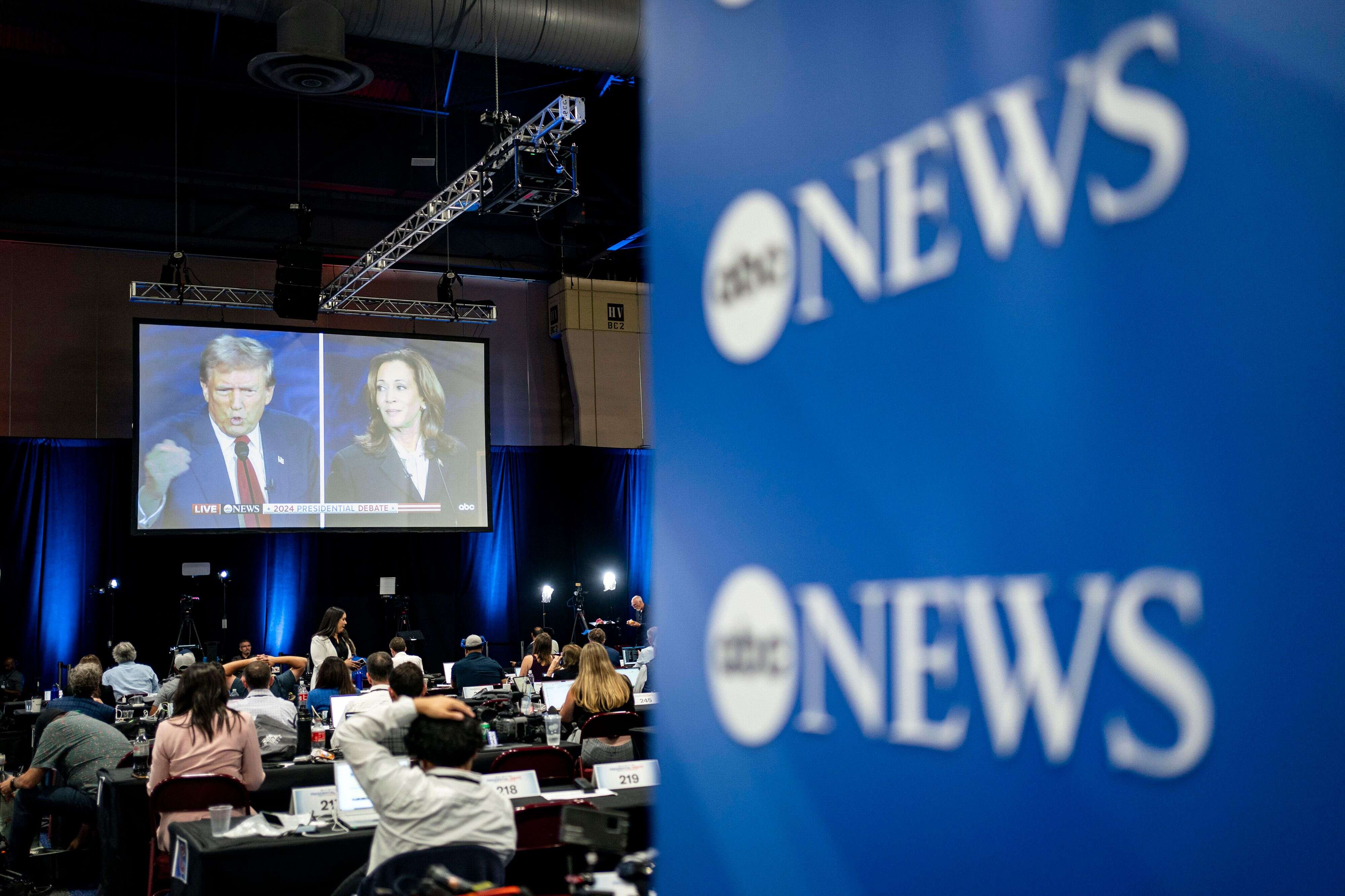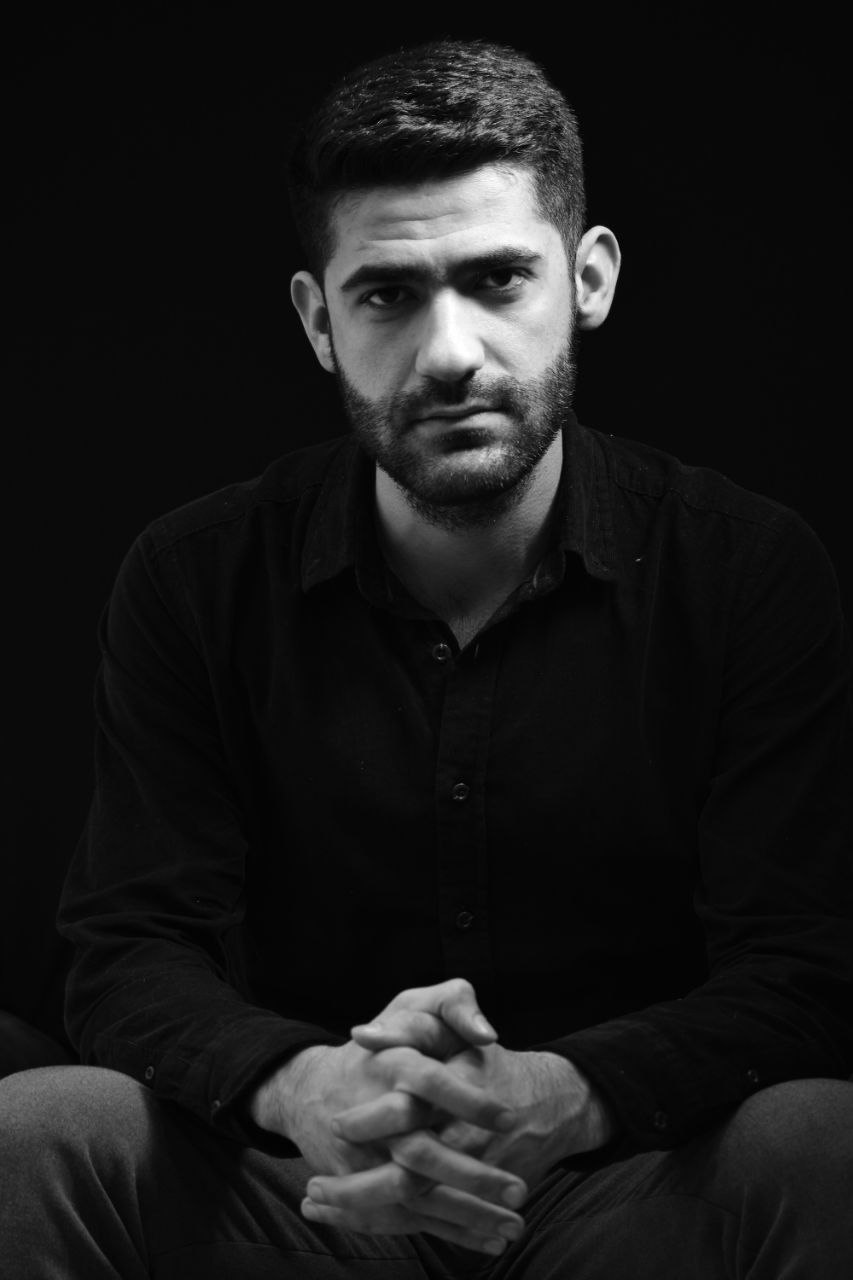Amid heightened India-Pakistan tensions in early May, Indian mainstream media flooded the public with fake news, doctored visuals, and sensationalist coverage, fueling mass anxiety and misinformation. Fact-checkers and experts condemned the media’s role, calling it a national embarrassment that undermined journalistic integrity and misled citizens during a critical geopolitical moment.
On May 7, Ifrah Khalil Kawa, 23, was with friends at Delhi's Jamia Millia University when she saw news on television claiming a Pakistani attack on her hometown, Sopore, in Indian administered Kashmir. Panicked, she dialled her mother, only to learn it was fake.
Kawa had just returned from Kashmir after the 22 April militant attack in Pahalgam that killed 26 civilians. New Delhi blamed Pakistan- an allegation Islamabad denied.
“The situation was already tense when I left home. There was a sense of uneasiness in the air, but I had to return for my exams,” said Kawa, who is pursuing master's in peace and conflict at the university.
However, the situation worsened when on the intervening night of May 7-8, India claimed to have attacked nine “terrorist targets” in Pakistan, prompting Islamabad to retaliate.
India and Pakistan were engaged in a war-like situation, with both countries exchanging fire, the Indian mainstream media was spreading a wave of disinformation, further fuelling the already tense atmosphere in the country.
Almost all the TV news channels were circulating misleading footage, with many airing clips from the Israel attacks on Gaza and some even using visuals of destruction in Lebanon, falsely presenting them as evidence of Indian strikes on Pakistani cities.
This wave of disinformation heightened public anxiety, particularly among civilians in border areas.
From claims of a coup in Pakistan to alleged attacks on Islamabad and the Indian INS Vikrant destroying the Karachi port, India TV channels were flooded with fake news, with anchors seen celebrating in studios in the name of “Big Breaking News”.
“When you are consistently being fed the fake news 24/7, even a rational person starts behaving irrationally. After news of India-Pakistan clashes broke, I started getting anxiety just listening to the mainstream media with all the drama and disinformation,” Kawa said.
“More than myself, I was worried about my mother back home. She kept calling, updating me with what she heard on the news, without realising most of it was fake.”.
Propaganda Inwards, not Outwards
Amid this surge of fake news, fact-checking platforms such as Alt News, The Quint’s WebQoof, and international outlets like Deutsche Welle (DW) Fact Check stepped in to debunk the misinformation pushed by mainstream Indian media.
Pratik Sinha, co-founder and editor of Alt News, said that his understanding was that each country-India and Pakistan-was not directing propaganda outwards, but rather inwards- towards its citizens. “It was directed inward, because someone sitting in Karachi won't believe [what Indian media is reporting] that, but someone in Agra might. With a complete blackout of information, while both countries were engaged in information warfare, each was also conducting disinformation warfare against its people,” Sinha told Al Jazeera Journalism Review (AJR).
After the Indian strikes [on May 7], Sinha said Pakistan tried to convince its citizens that it had destroyed Indian fighter jets by circulating old images and video game footage. But on the second day India uptick its disinformation more solidly.
“It was at that point that claims that news of the Karachi port was destroyed started circulating,” Sinha said. “Although it wasn’t difficult to identify fake videos, it was “boring” to watch hours of video game footage to find the exact clip,” he added. “Once you learn the skills, it doesn’t take long to debunk misinformation, but watching long video game footages was laborious,” Sinha explained, adding that during their work, they also came across two AI-generated fake videos of a Pakistani army spokesperson.
To create drama and fuel a war-like atmosphere, news channels transformed their studios into war rooms with air raid sirens buzzing, helicopters and jets flying in the background and wall-mounted Pakistan maps marked with target points. Amid the hysterical sensationalism created by news channels, the Union Ministry of Home Affairs (MHA) issued an advisory to all media outlets, directing them to refrain from using Civil Defence Air Raid Sirens sounds in their programs other than for community awareness.
The advisory stated, "The routine use of sirens may reduce the sensitivity of civilians towards the Air Raid Sirens, and civilians may misunderstand it as a routine matter, used by the media channels, during the actual air raids. Looking forward to your kind support in augmenting the Civil Defence preparedness in terms of the Civil Defence Act, 1968." As Indian mainstream TV channels were flooded with disinformation, social media was also spreading old videos, falsely presenting them as India-Pakistan clashes.
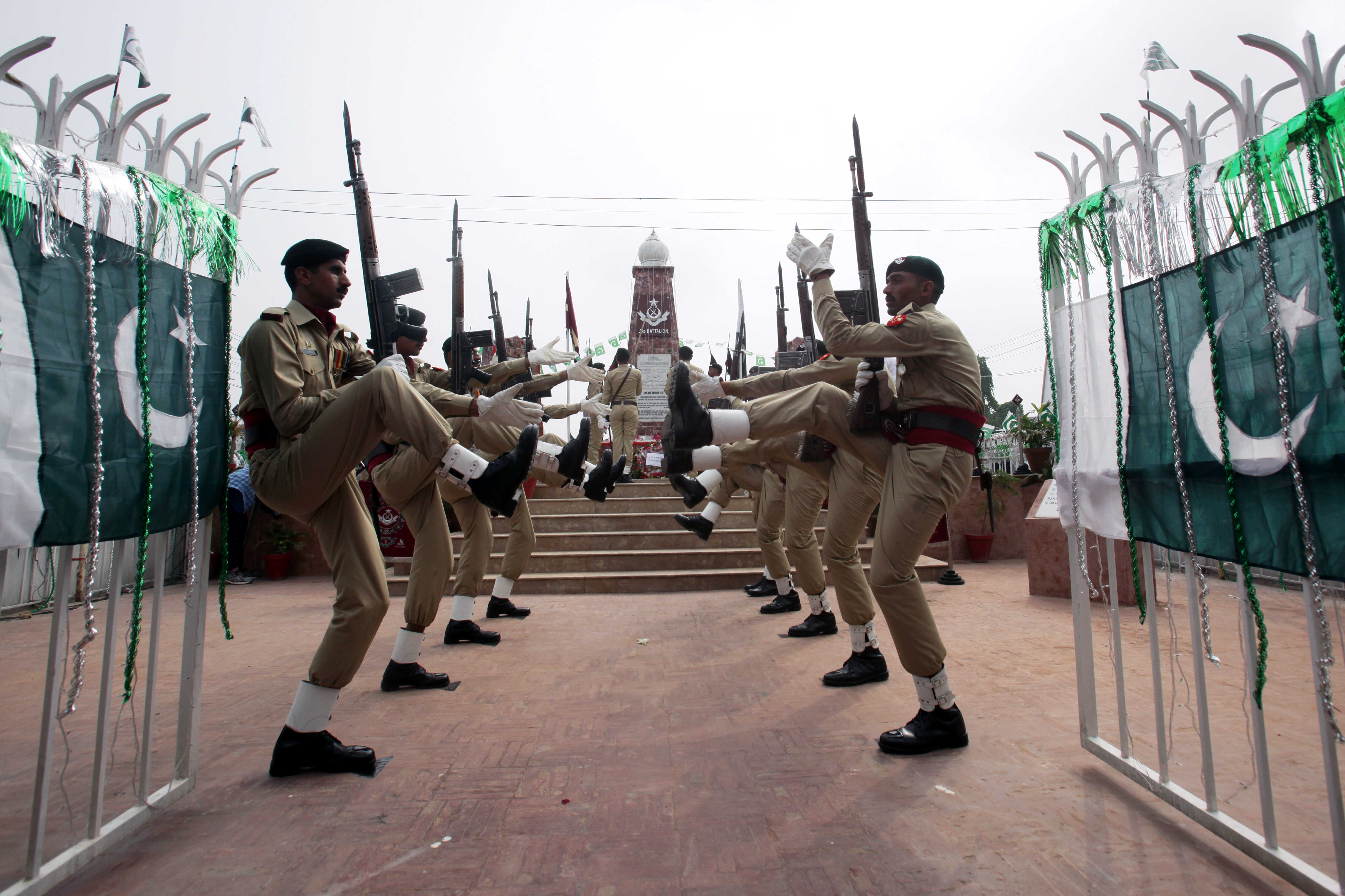
Abhilash Mallick, Associate Editor (Fact-Check) at The Quint, said that apart from a lot of “careless and irresponsible” reporting happening on news channels, many fake viral videos were also circulating on social media platforms.
“We [Qunit] didn’t fact-check a lot of what TV channels were publishing, our primary focus was what was viral on social media. A lot of things shared on TV channels were not verifiable, and we had to depend on the government to fact-check them,” Mallick said, citing an example of fake news of a blast in Rajasthan that was denied by the authorities.
On social media, too, Mallick said a lot of journalists posted information without any verification.
A lot of it [disinformation] came from media channels,” he said. “The pattern we saw was that a lot of people jump the gun to publish or share something [on social media] they cannot verify and have to later take it back.
Mallick said apart from recognising old war footage on social media, they also came across two audio deepfakes- one of Pakistan’s Prime Minister Shahbaz Sharif and the other the DIG ISPR (Inter-Services Public Relations) of Pakistan admitting that two Pakistani jets were down in India.
‘India’s National Embarrassment’
The use of doctored visuals, video games and AI-generated footage sparked strong backlash online, with netizens calling out the erosion of journalistic ethics.

"All sensible people in the world have lost faith in the reports of India's mainstream media. The media briefings of Indian defence forces and the Ministry of External Affairs are the only credible source of information in the ongoing conflict,” Rajiv Sharma, Chief Spokesperson at Chandigarh of the Pradesh Congress Committee, wrote on his social media account with a list of fake news televised by the channels:
1. Times Now Navbharat said Indian forces have entered Pakistan.
2. Zee News said the Indian Army has captured Islamabad, and Pakistan has surrendered.
3. Aaj Tak anchors, Anjana Om Kashyap and Sweta Singh, tried to create panic among people by falsely reporting that the terrorists have begun a suicide attack on Indian Army units. Army had to specially come out to report the claim of Aaj Tak as fake.
4. Several channels including India TV, ABP News, Zee News and others reported that Pakistan Army Chief Asif Munir has been dismissed. Some of them even reported his arrest.
5. India Today anchor, Gaurav Sawant, claimed that India had carried out an attack on Karachi. ABP Ananda broadcast an old clip of a plane crash in Philadelphia, presenting it as footage of destruction at the Karachi port. Meanwhile, Republic Bangla declared that following the alleged attack on Karachi, "Pakistan will be finished today."
6. India News said Indian forces have captured Lahore.
7. NDTV reported that a large number of Pakistani tanks were marching towards Rajasthan, which created panic. The fake report was later taken off.
8. Many TV channels like Times Now, Republic World, News 9 and India TV News, reported that a Pakistani pilot had been captured on Thursday night.
9. India Today and Deccan Chronicle reported that India shot down two Pakistani JF-17s and one F-16 on May 8.
10. Many News Channels reported that 12 Pakistani cities have been captured and Pakistani PM is hiding in a bunker.
“Such fake news being aired in India is making us a laughing stock in the world," Sharma wrote at the end of his post.
Senior journalist and author Gowhar Geelani termed Indian television media as “India’s national embarrassment”. “The manner in which the prime time anchors spread fake news, peddled propaganda and misinformation during the recent escalation between arch rivals would have easily put both (Otto) Dietrich and (Joseph) Goebbels - Hitler’s Nazi Propagandists- to shame,” Geelani told Al Jazeera Journalism Review (AJR).
Geelani said that even the voices once respected for balance and fairness willingly sacrificed facts, credibility and reputation for target rating points (TRPs). “Several voices in Indian media that were previously considered voices of reason and known for some sort of journalistic integrity chose sensationalism and fake news at a critical juncture to mislead and misinform. In the process, they not only fell from grace but invited global shame and outrage,” said Geelani, who was also associated with DW.
‘Hard Choice for Journalism Students’
Mohammad Kasim, Professor at the AJK Mass Communication Research Centre, Jamia Millia Islamia, said that the news being aired on TV channels goes against the ethics of journalism. “In India, the news today has become a different genre of entertainment. More than the news, TV anchors are using adjectives in the studios. No mainstream media outlet follows the basic ethics of journalism - to verify, fact-check the news before publishing it,” Kasim said.
Kasim said that with the deteriorating standards of journalism in India, students graduating from universities had to make a hard choice about joining the profession.
“In our discussions, students express a strong desire to uphold the ethics of journalism. But in the end, they also have to make ends meet, and with very few credible media houses available, choosing ethics over journalism will be difficult,” he said.
‘The Ceasefire’
As India and Pakistan announced a ceasefire after the United States' intervention, Kawa said her anxiety levels have come down, and she is soon flying home to be with her family.
“The moment it was announced that Srinagar Airport would resume flights, my family booked my ticket. While the de-escalation is a relief, some channels still warn that things could turn ugly again. I want to be with my family if that happens,” Kawa said with a hope of better times ahead.
